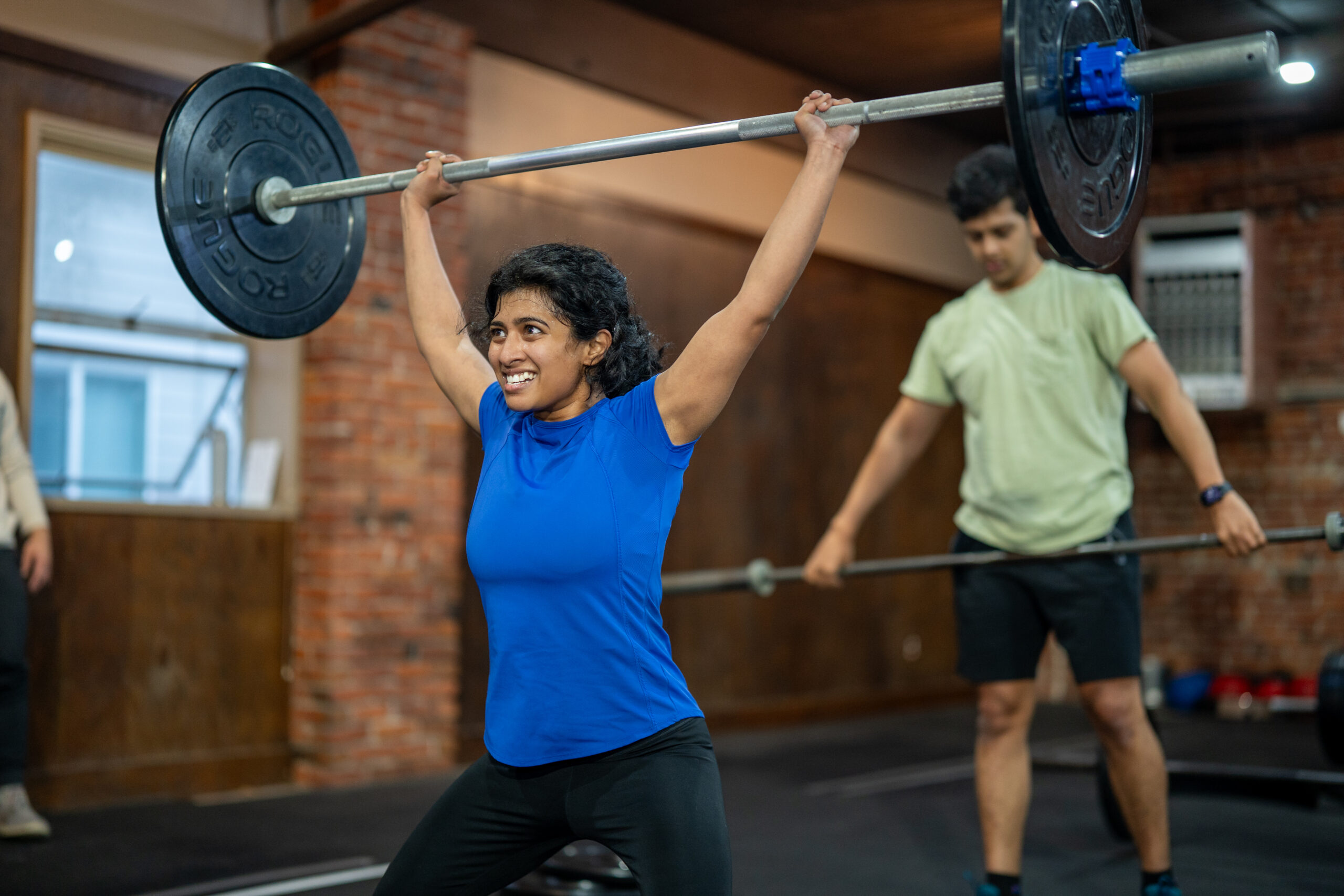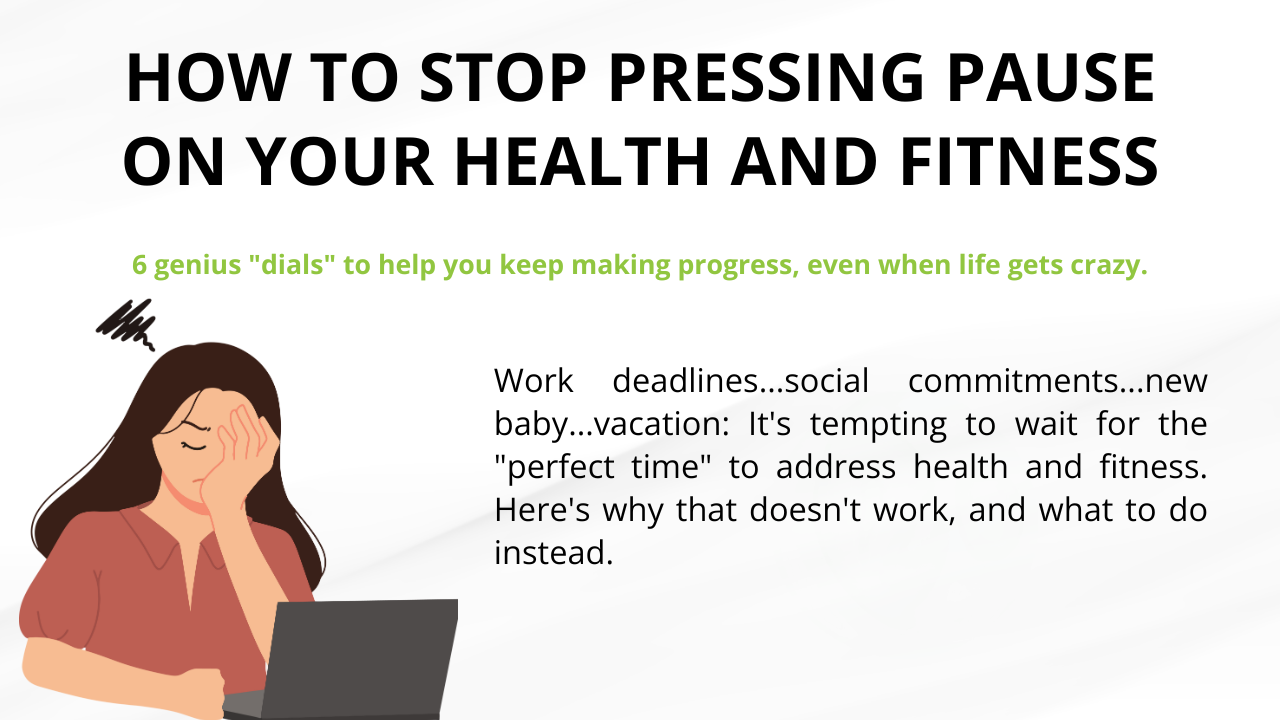Plyometrics, also known as jump training or plyos, are exercises in which muscles exert maximum force in short intervals of time to increase power. Plyometric exercises are widely used to augment the explosiveness of athletic movements. Plyometric training’s primary goal is to rapidly apply force to provide an overload to the agonist’s muscles. Plyometrics should be considered not an end but part of an overall program that includes strength, speed, aerobic, and flexibility training.
How and when do we incorporate plyometric activity into our programs?
Plyometric training is often interchangeable with power training. However, as some traditionally use plyometric training to define a specific movement pattern in which three distinct phases of movement occur rapidly, not all power training is plyometric training (though all plyometric training is considered power training) . Plyometric exercises are recommended to enhance sports performance but may also be part of a rehabilitation program post-injury. Bompa & Buzzichelli (2019) state that to be fast, the contact phase’s duration must be shortened, and that only gains in maximal strength and power will accomplish this. Therefore, in addition to increasing strength, power output is enhanced through explosive exercises such as floor pulls, plyometrics, and jump squats.
The box jump is one of the first movements that comes into mind when considering a sound hip function. We use box jumps to introduce proper hip functions in training. Box jumps act as a gateway to strength-speed training for novice athletes.The box jump is a multi-joint lower body movement. The box jump’s idea is to exert maximal force into the ground, creating an explosive movement that propels the athlete onto the box. The three key phases of this activity are the eccentric(dip), concentric (Jump), or triple extension, followed by the eccentric(land) phase.
What are common mistakes coaches make when trying to incorporate plyometric training?
One of the common mistakes coaches makes with plyometrics training volume and intensity per training session. When training plyometric, quality should take precedence over quantity. Magrini et al. (2018) recommended that plyometric sessions be performed a minimum of twice per week for 100 to 120 impact per session, with adequate rest between repetitions to allow repletion of ATP-CP (body’s energy system), as well as reduce the deleterious effects of fatigue. Magrini et al. (2018) also suggest a somewhat wide-ranging work-to-rest ratio of 1:5 to 1:20 for plyometric and agility drills.
Another common mistake is exercise selection for the athlete based on strength level. For example, weighted plyometrics are great to overload athletes, both in the loading and unloading phase of the jump. But is it beneficial for all athletes? It could be with the proper foundation and preparatory phases. If our athletes have never done hurdle hops, let alone continuous hurdle hops, we would not recommend adding a weighted vest to this exercise drill. Scaling the movement athletes’ level is critical for safely use the plyometric to increase athletic performance positively.
References:
Gjinovci, B., Idrizovic, K., Uljevic, O., & Sekulic, D. (2017). Plyometric training improves sprinting, jumping, and throwing capacities of high-level female volleyball players better than skill-based conditioning. Journal of Sports Science & Medicine, 16(4), 527–535.
Bompa, T.O. & Buzzichelli, C.A. (2019). Periodization: Theory and Methodology of Training (6th ed.). Champaign, IL: Human Kinetics.
Dawes, J. & Lentz, D. (2012). Methods of developing the power to improve acceleration for the non-track athlete. Strength and Conditioning Journal, 34(6), 44-51.
Magrini, M., Dawes, J.J., Spaniol, F.J. & Roberts, A. (2018). Speed and Agility training for baseball/softball. Strength and Conditioning Journal, 40(10, 68-74.
Triplett, N.T., Erickson, T.M. & McBride, J.M. (2012). Power associations with running speed. Strength and Conditioning Journal, 34(6), 29-33.
Try our home program for FREE for 2 weeks:




